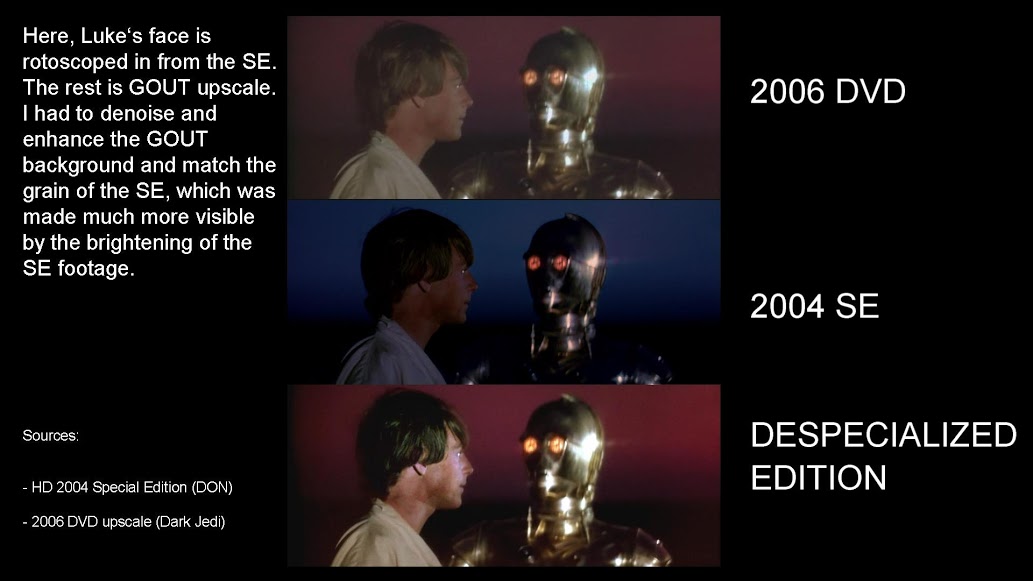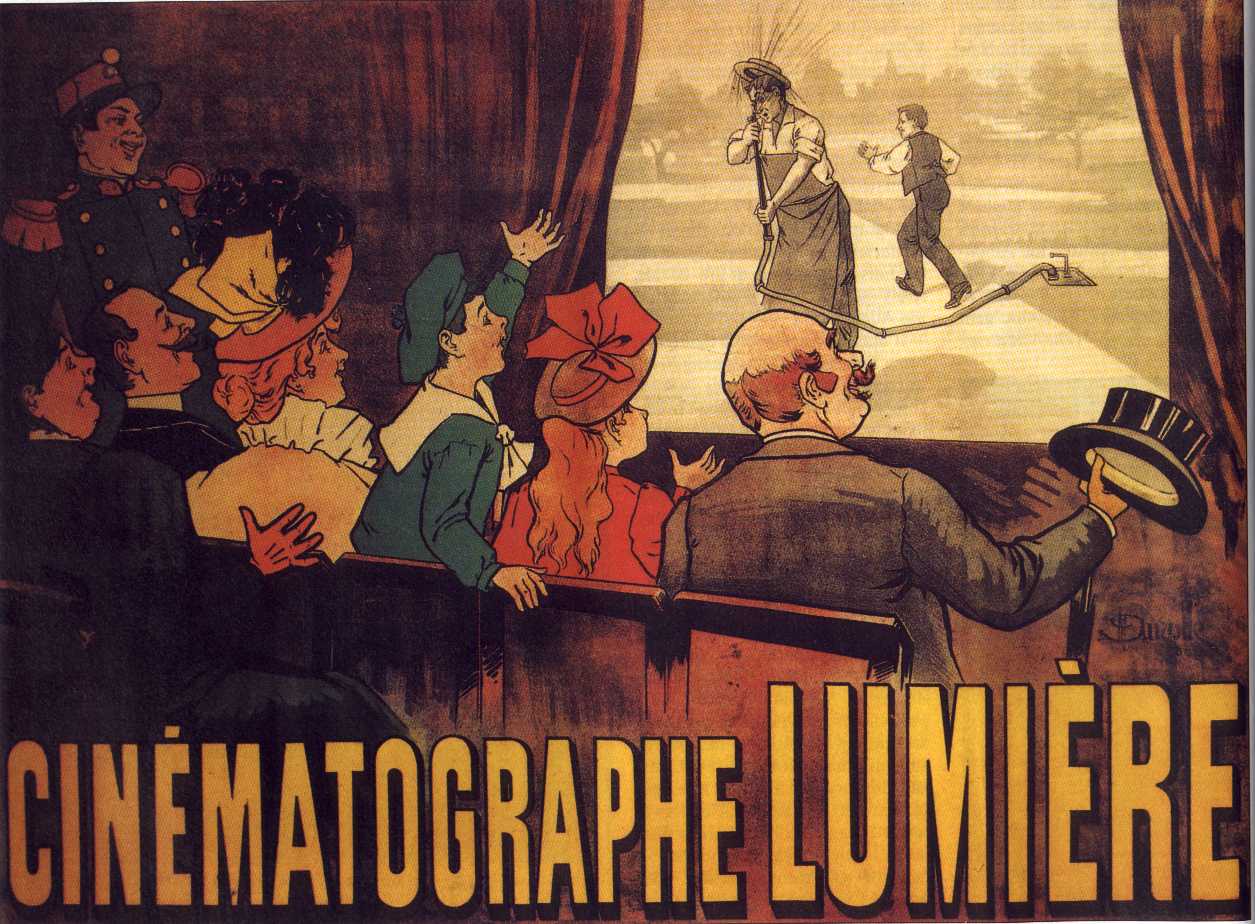August and Louis Lumière might have made the first film – a simple, static shot of workers leaving their factory for the day – but George Méliès invented the art form of cinema. Through his experiments, Méliès discovered that magic happened when he turned the camera off and on. People suddenly disappeared into thin air. Objects appeared out of nowhere. A famed magician, Méliès knew he was on to something. His discovery planted the seeds for just about every cinematic technique in the book — including animation. You can watch six of Méliès’ films here, including his landmark 1902 short A Trip to the Moon.
The person credited with making the first film-based animation, however, is James Stuart Blackton with his film Humorous Phases of Funny Faces (1906). You can watch it above. The short starts with the artist’s hand drawing on a chalkboard. Soon, however, the drawing starts to move on its own. The film is as primitive as it is fun. A man in a top hat blows cigar smoke into a woman’s face. A clown dances. Imagine the shock and awe of an audience not weaned on Pixar and Mickey Mouse watching a picture come to life for the first time.
Blackton started his career as a journalist and a vaudeville cartoonist. In 1896, he was assigned to cover Thomas Edison’s brand new invention – the Vitascope, an early film projector. Edison proved to be such a good salesman that Blackton ended up buying one. Soon he, along with his vaudeville partner Albert Smith, founded one of the first ever movie studios — the American Vitagraph Company. The company eventually became known for creating some of the first movie adaptations of Shakespeare and Charles Dickens, but before that, they made short “trick” movies — flashy shorts to be shown during vaudeville shows. One of those movies, The Enchanted Drawing (1900) is essentially a filmic version of Blackton’s act with some cinematic sleight-of-hand thrown in. And as you can see below, it points the way to Blackton’s breakthrough with Humorous Phases.
In 1911, Blackton, along with his co-director, the spectacularly talented Winsor McCay, made Little Nemo, a movie that hints at the true potential of animation. Sure, their movie has way too much half-hearted live action slap stick, which pads out the running time to an over-stuffed 10 minutes, but the actual animation, which starts around 8:30, is utterly gorgeous. Watch it below.
Related Content:
Gertie the Dinosaur: The Mother of all Cartoon Characters
Early Experiments in Color Film (1895–1935)
How Walt Disney Cartoons are Made
Jonathan Crow is a Los Angeles-based writer and filmmaker whose work has appeared in Yahoo!, The Hollywood Reporter, and other publications. You can follow him at @jonccrow. And check out his blog Veeptopus, featuring one new drawing of a vice president with an octopus on his head daily.







